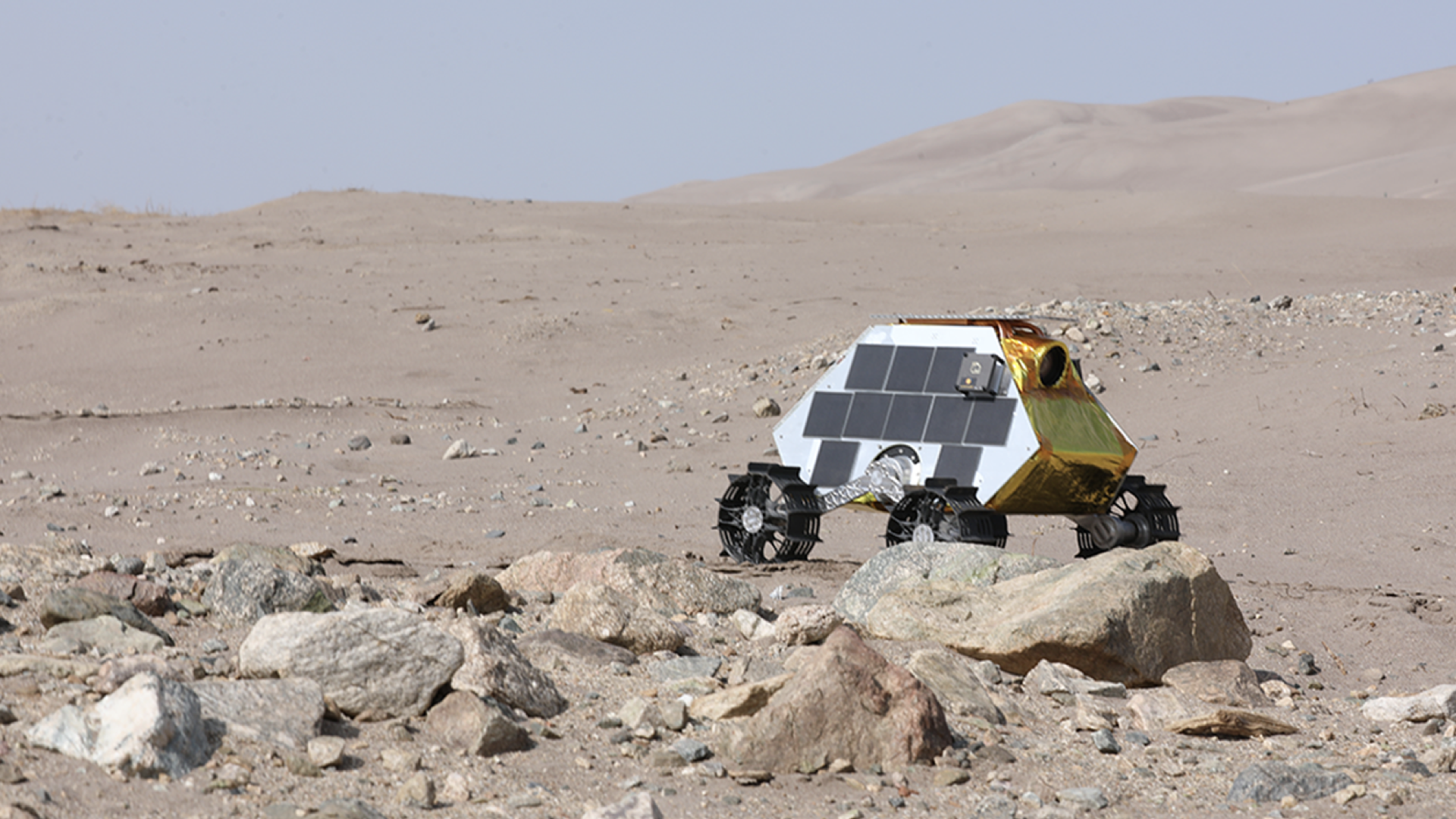
- Captivating stories about space-faring species traveling the galaxy make for appetizing entertainment, but they belie the substantial capabilities of the Space industry.
- These capabilities are enabling for business leaders of traditional industries here on Earth.
- ‘Earthling’ industrial sectors face shared day-to-day challenges of running organizations, maintaining employees, sustaining supply chains, and a myriad of other executive priorities.
This collection of articles focuses on what is important for senior business leaders outside of the space industry to be aware of, to evaluate, and to anticipate what new capabilities and price-points may be feasible in the coming years. Grounded with a plethora of illustrative case examples looking retrospectively and prospectively, readers will develop a better sense of notable areas of progress associated with the Space industry and its growing impact across multiple sectors. Furthermore, a practical guide is included for business leaders to self-assess relevance of various Space indicators to the upcoming needs of their organizations.
Articles in this story:
- We are all Earthlings
- What is going on up there?
- How to think about new Space capabilities
- Space for Earth and Earth for Space
- Tunable gravity
- Self Assessment Guide for the Executive Earthling
- Is Space just cool, cold, and costly?
- Mining, the most ‘terrestrial’ sector, is changing due to Space
- Reasons why and everyday Earthling could ignore Space

We are all Earthlings
Captivating stories about space-faring species traveling the galaxy make for appetizing entertainment, but they belie the substantial capabilities of the Space industry. These capabilities are enabling for business leaders of traditional industries here on Earth. ‘Earthling’ industrial sectors face shared day-to-day challenges of running organizations, maintaining employees, sustaining supply chains, and a myriad of other executive priorities.

What is going on up there?
Space is no longer just the playground of the stars, whether of the celestial or celebrity variety. Compelling new capabilities in Earth sensing, zero-gravity manufacturing, and other novel capabilities will reshape industries on our planet. As the line between our world and the vastness of space blurs, it’s crucial for leaders to tune in rather than to ‘space out’.

How to think about new Space capabilities?
Space exploration has transformed. Instead of costly self-built satellites, modular platforms now dominate. Introducing the S.P.A.C.E. chart, the article organizes key terrestrial Space capabilities that are shaping businesses. Are Earthling organizations ready to harness this cosmic potential?

Space for Earth and Earth for Space
NASA’s Technology Transfer Program has long transformed space ambitions into Earthly benefits, like lasers for glaucoma treatments and Mars-inspired agricultural drones. Communication between Earth and Space assets is becoming seamless as there are examples of companies tailoring their technologies for new space customers and applications.

Tunable gravity
Orbiting platforms and satellites are enabling experiments and manufacturing in various gravity environments, altering biological processes and materials development in unforeseen ways. From enhanced hepatitis-C treatments to pioneering retinal implants, leveraging gravity as a variable is opening new frontiers in pharmacology, semiconductors, materials science, and other fields, transforming both academic research and commercial applications.

Is Space just cool, cold, and costly?
Space’s popularity contrasts with its harsh, cost-intensive reality, yet evolving unit economics facilitate more Space endeavors. Data costs, human resources, organizational change, and revenue model alignment reveal a multifaceted financial landscape. Despite data utility, it is crucial for businesses to evaluate spatial data’s real vs. perceived value and balance space-origin data with alternative, possibly more cost-effective, observation modalities.

Mining, the most 'terrestrial' sector, is changing due to Space
Amid surging demand for critical minerals essential for clean energy transition, Earth observation data are becoming invaluable in mining exploration and risk management. Simultaneously, the space industry explores extraterrestrial mining possibilities, with scientific missions returning asteroid samples while commercial organizations refine mineral exploration technologies for future off-planet endeavors.

Reasons why an everyday Earthling could ignore Space
How could Space influence your business decisions? Explore the nuanced relationship between emerging Space technologies and modern business. Understand why some companies are cautious about accessing orbital data streams, while others find niche success. Delve into real-world challenges, potential opportunities, and the benefits of strategic partnerships.
SPECIAL GUIDE
Self Assessment Guide for the Executive Earthling
This piece prompts business leaders on how to leverage space technologies and data that are aligned with organizational goals. It guides teams on using space-based insights for tracking assets, scouting locations, making informed decisions, and collaborating with space-focused entities, with an emphasis on the importance of building relationships with space industry players for mutual growth.
View the Guide ➜
"...but deep down, don't you feel it, too? 'Maybe someday' is just today waiting for a nudge."
Net proceeds from The End Effector are given to foundations, initiatives, and charities advancing interdisciplinary sciences.

